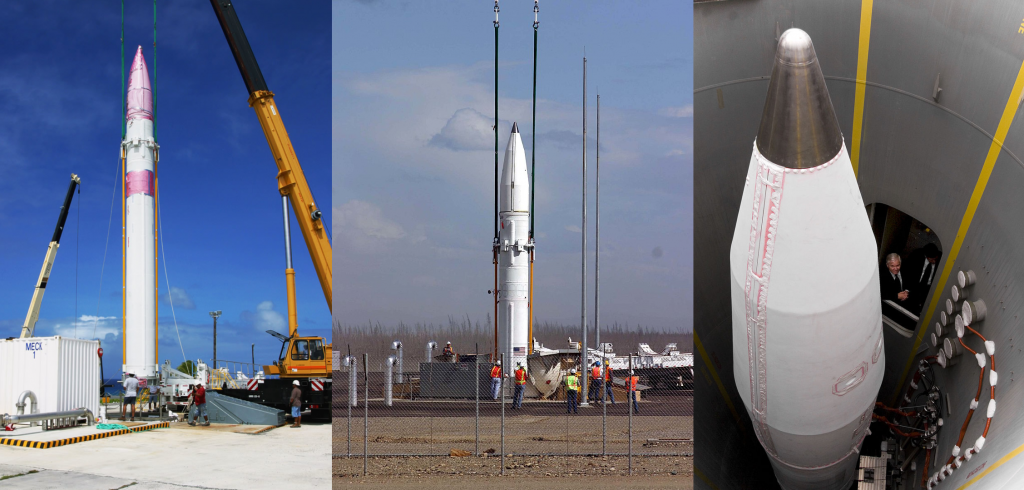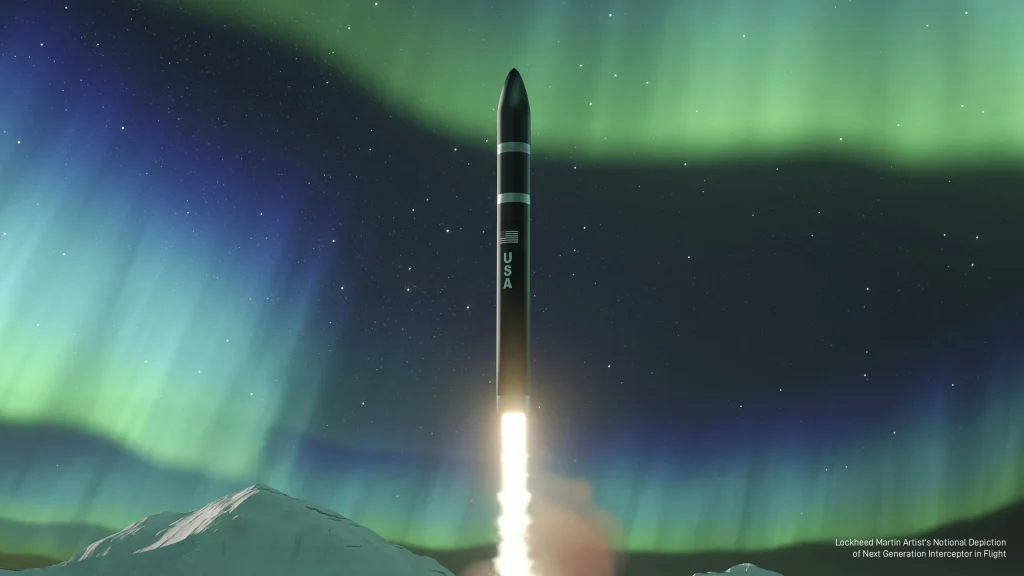
The US is investing 17 billion in new intercontinental ballistic missile interceptors
Lockheed Martin has won a $17 billion contract to develop a new missile to intercept intercontinental ballistic missiles for the United States.
This was reported by Reuters.
The U.S. Missile Defense Agency has selected Lockheed Martin as the winner of the competition and will sign a $17 billion contract in the coming days to develop a new generation anti-aircraft missile to improve the existing GMD missile defense system.
As part of the project to modernize the national missile defense system, in addition to the missile component, the radar network and related equipment will also be updated.
Although the duration of the contract remains undisclosed, insiders expect that the first interceptor will enter trial operation in 2028.

NGI (Next Generation Interceptor) is a project of the American aerospace corporation Lockheed Martin to develop a new generation long-range missile interceptor for the national Ground-Based Midcourse Defense (GMD) missile defense system.
The silo-based missile is designed to intercept intercontinental ballistic missiles in the atmosphere.
Working in the GMD system, the new interceptor is expected to become the first echelon of the US missile defense.
The progress and details of the development are kept secret, but it is known that the project was launched in 2019 as part of a Missile Defense Agency competition.
In 2023, the design phase of the interceptor was completed and approved by the Agency’s commission.
At one time, the company informed that the promising interceptor would operate on an improved “hit-to-kill” technology, which provides for a guaranteed defeat by direct collision of the kinetic warhead of the interceptor with an enemy missile.
The implementation of the “hit-to-kill” principle, which guarantees the target’s being knocked off course and its physical destruction, means the use of an active radar guidance system in the missile, among other things.
Lockheed Martin also demonstrates the expected appearance of the advanced interceptor missile being developed under the NGI program.

Now, with the approval of the Missile Defense Agency, Lockheed Martin has moved to the detailed design phase, which involves testing hardware and software elements of the NGI.

